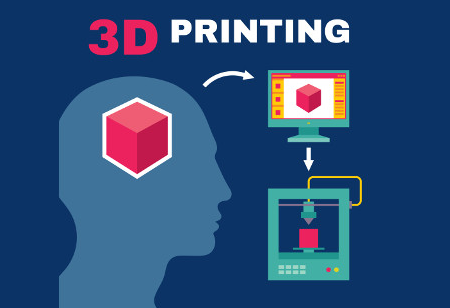THANK YOU FOR SUBSCRIBING
The 3-D Printer That Could Finally Change Manufacturing
3D printing has spurt from prototyping to postulate a role in manufacturing and production, enabling companies to revamp and tweak models, making them cost-effective as compared to classical methods.

By
Apac CIOOutlook | Thursday, January 01, 1970
Stay ahead of the industry with exclusive feature stories on the top companies, expert insights and the latest news delivered straight to your inbox. Subscribe today.
3D printing has spurt from prototyping to postulate a role in manufacturing and production, enabling companies to revamp and tweak models, making them cost-effective as compared to classical methods. 3D printing is used extensively by manufacturers such as Airbus for composing parts in its aircraft, custom-crafting hearing aids, and custom-made toys. This technology has to overcome blockades such as reliability of material, printing consistency, expensive raw material and limited choice of materials. The leverage of using 3D printing has precipitated manufacturing footprint flexibility, limited need for tooling, a simplified assembly that necessitates its use in the manufacturing space. For production process, 3D printing simplifies and speeds up the product design, in turn speeding up the manufacturing business. 3D printing has the potential to eliminate the bountiful constraints of the classical manufacturing process. It can create manifold and intricate geometries as simple as printing a solid cube to creating a composite design with minimal additional costs. 3D print manufacturers such as Shapeways offers customers the ability to create printer ready designs and can produce zero waste. It is rapid and can print up to 20 utterly different products which are unattainable in the traditional methods such as injection molding.
Check Out : TOP 3D TECH STARTUPS
See Also: Manufacturing Outlook





